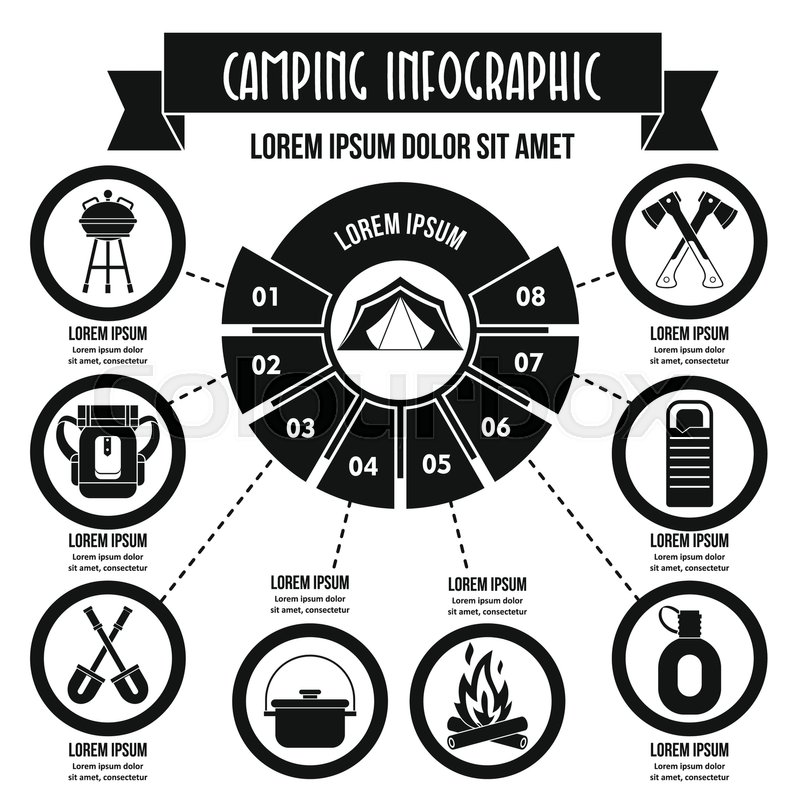Rain flies are a crucial accessory for wall outdoors tents. They increase the capability of a camping tent to shield campers from extreme weather while giving added comfort and resilience.
Routine cleaning of a rainfall fly keeps mud, mold, and debris from destroying it. Additionally, making sure the proper tension of a rainfly avoids it from sagging and enabling water to gather beneath.
Weather Condition Resistant Materials
The material made use of in building and construction projects can influence the longevity and durability of the project. Picking weather-resistant products helps reduce upkeep expenses and saves sources for future repair service and replacement.
Timber might not be the very first product that comes to mind when talking about weather resistance, however it is very resilient when correctly treated with chemicals. Cedar, redwood, and teak wood are examples of naturally rot-resistant woods used to make a range of exterior furniture and frameworks.
High-performance canvas wall camping tents are designed to stand up to moisture and maintain campers comfortable. It is important to tidy canvas and outdoors tents regularly to eliminate dirt, mud, and dust. It is additionally necessary to rinse any kind of residue from the canvas outdoor tents prior to keeping it away for use. Prevent using bleach, as it damages the water-resistance therapy and makes the camping tent more at risk to leak. Alternatively, a soft brush and a hose can be made use of to completely scrub the canvas camping tent and wash it off with water up until it is fully saturated.
UV Direct exposure
Unless a tent is made from UV-resistant textile, extended exposure to sunlight will certainly create it to deteriorate. This is true of all fabrics, however it's especially pronounced for outdoors tents and canvas structures as a result of just how much they're used in outside setups. UV radiation can create dyes to break down, causing a loss of color vibrancy.
A rainfly shields wall surface outdoors tents from these unsafe UV rays by mirroring them before they can pass through the structure and reach your skin. It is necessary to select a rainfly with a UPF rating of 50 or greater to get optimal UV protection.
A rainfly also assists regulate the temperature inside a tent depending upon the period. A lighter rainfly can maintain camping tents from taking in way too much warmth in the summertime, while a heavier rainfall fly can help protect against warm from escaping the camping tent during colder months. In either situation, these additional layers of insulation can significantly expand a tent's life expectancy.
Dampness Damage
Canvas tents are relatively sturdy and can last 15-30 years with persistent treatment, however even one of the most high-performance canvas is not impervious to rainstorms. A rain fly or fly sheet adds a layer of defense for the roofing system of your canvas camping tent and aids protect against dampness damages.
Condensation, mold, and mildew are not just unsightly, yet they can also destroy the structural honesty of your canvas camping tent. Protecting against these problems is simple, yet it requires careful treatment and attention to information.
Make it a behavior to inspect your outdoor tents in the morning and eliminate any type of all-natural condensation, dew, or snow that has collected externally. Later, make certain to spread your tent out in an open location and utilize a soft brush to scrub away any mold and mildew and mildew that has created. When you have actually removed the impacted locations, re-treat the outdoor tents with a mold and mildew awesome solution and rinse it thoroughly to prevent any type of future invasions.
Dampness Buildup
While typical, condensation can harm materials if left unchecked. The good news is, positive strategies like wiping surface areas and airing out outdoors tents minimize condensation' effect.
Camping tent material, environment problems and use patterns add to condensation degrees. Sailcloth, as an example, resists water vapor evaporation and often tends to present beaded beads quicker than polyester or nylon choices. Recognizing this difference notifies exactly how outdoor tents owners manage condensation.
Occupant's exhaled breath and wet clothes and equipment spike humidity levels. A lack of ventilation techniques allows moisture to condense when warm indoor air fulfills cooler surface area temperature levels. This cycle enhances on humid nights or when a tent is positioned in reduced places. Evaluating and cleaning camping tent surfaces instantly after cooling encourages dampness crossbody bag to spread prior to harmful materials or forming mold and mildew. Local air flow, such as directing a fan towards joints, more help the process. Identifying one of the most prone areas of a camping tent, like high ridges and corners, assists campers enhance their moisture administration routines.
